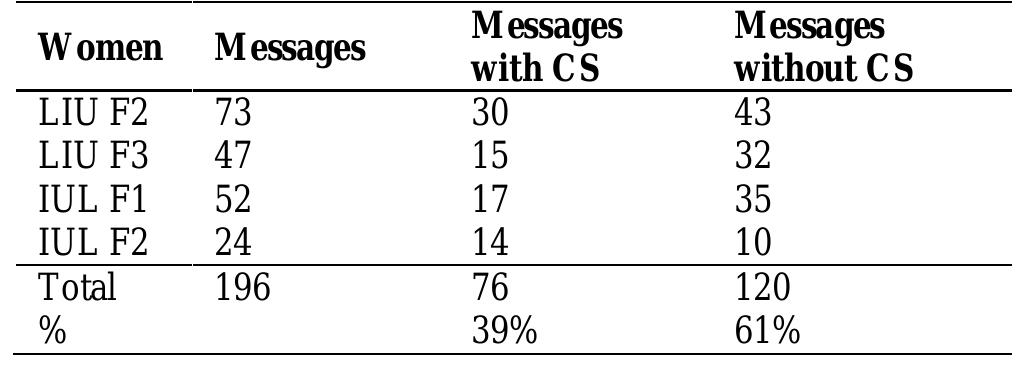Figure 3 – uploaded by Ester Torres-Simon

Table 3 The general results show that of 34,081 analyzed segments, repetitions account for 5.9% (2,015 segments were repeated). The repetition feature of the translation memory means that there is one translation per repeated segment, if the translation memory system finds the exact segment in the translation memory file; this 5.9% can be automatically translated. This also accounts for the Exact Matches, which were 3.2% of the corpus (1,129 segments). i S a aoe Tn literary narrative, dialogues are one of the main guides for plot development, but the neighboring description is in charge of directing the references thereby limiting the dialogues to their function of continuity. This is reflected in the matching of subtitles with their extracted dialogues, especially when the character interventions in the subtitles and in the novel are the same. In these cases, there may be a 100% match, however, that match will not occur frequently along the text: we see that 9.1% was found to be repeated, rendering it difficult to rely on automatic translation as a resource to speed up the translation process. alignment was precise for about 90% of the cases, with an erroneous alignment rate of 10%.
































